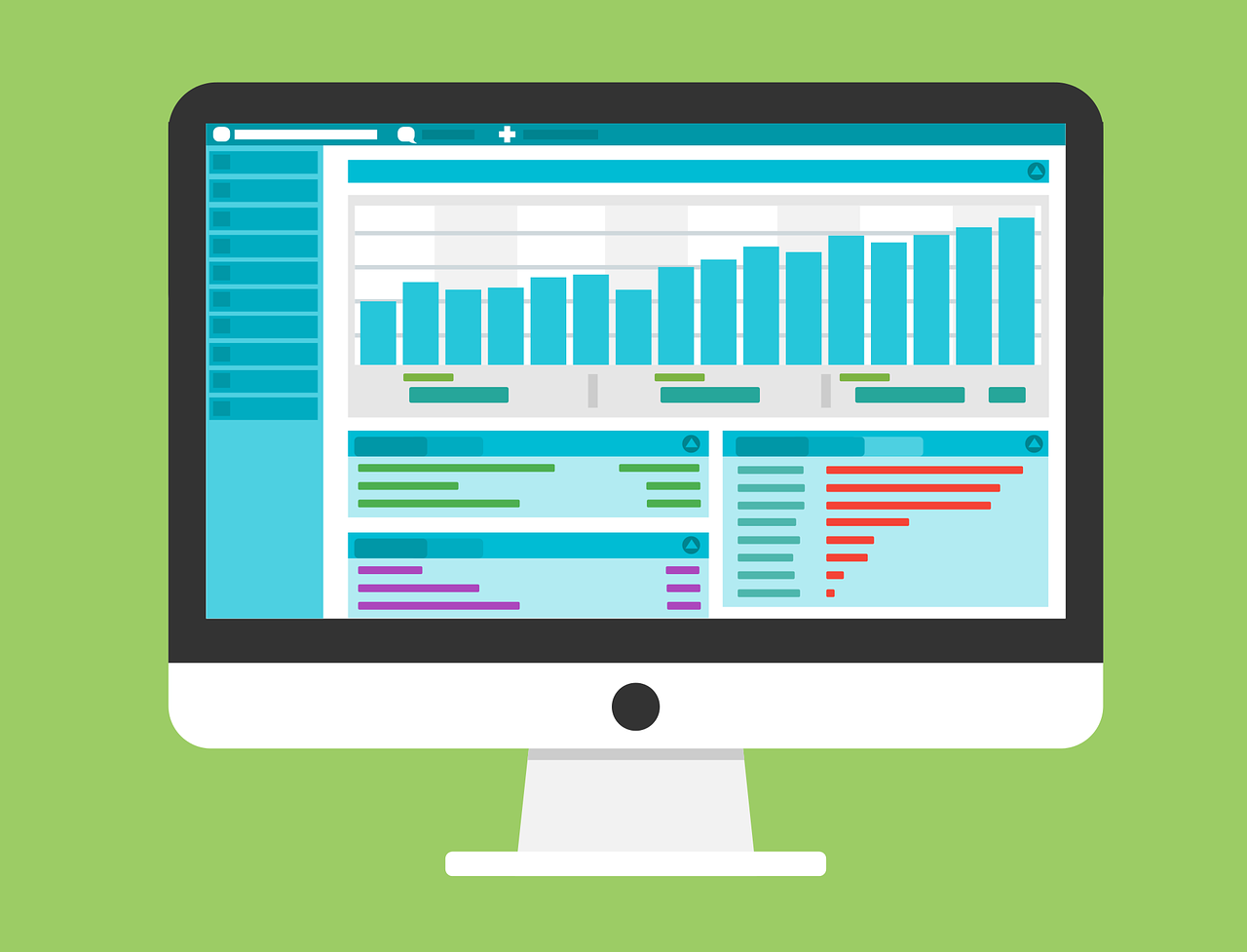Monitoring and Evaluation (M&E) experts play a pivotal role in assessing the progress, impact, and effectiveness of programs, projects, or interventions. They utilize a range of statistical tools to collect, analyze, and interpret data, helping organizations make data-driven decisions. Here are some commonly used statistical tools in the field of M&E:
Table of Contents
🔍 Descriptive Statistics:
These tools summarize data, providing insights into central tendency, variability, and distribution. Measures such as mean, median, mode, and standard deviation help M&E experts understand the data at hand.
🔬 Inferential Statistics:
By drawing conclusions from a sample, inferential statistics enable M&E experts to make predictions about a population. Hypothesis testing, confidence intervals, and regression analysis are commonly used techniques in this realm.
⌛ Time Series Analysis:
M&E professionals study data collected over time using techniques like moving averages and trend analysis. This allows them to identify patterns, forecast future values, and evaluate the long-term effectiveness of interventions.
📈 Regression Analysis:
M&E experts employ regression models to understand the relationship between dependent and independent variables. By examining the impact of program inputs or interventions while controlling for other factors, they identify key drivers and predictors of desired outcomes.
📊 Data Visualization:
Visual representations, such as charts and graphs, bring data to life and facilitate the communication of complex statistical findings. M&E professionals use visualization techniques to share insights with stakeholders in a compelling and informative manner.
🔢 Sampling Techniques:
M&E experts often work with limited resources, making it impractical to collect data from the entire population. Sampling techniques like random sampling and stratified sampling help select representative subsets. Statistical tools then estimate population characteristics and assess the accuracy of those estimates.
💻 Statistical Software:
M&E experts rely on powerful statistical software packages, such as SPSS, Stata, R, or Excel, to conduct efficient data analysis. These tools offer a range of functions, data manipulation capabilities, and visualization options, enabling professionals to generate accurate reports and derive meaningful insights.
In the realm of M&E, the choice of statistical tools depends on specific objectives, data characteristics, and the expertise of professionals. The combination of these tools empowers M&E experts to provide comprehensive insights into program performance and impact.





